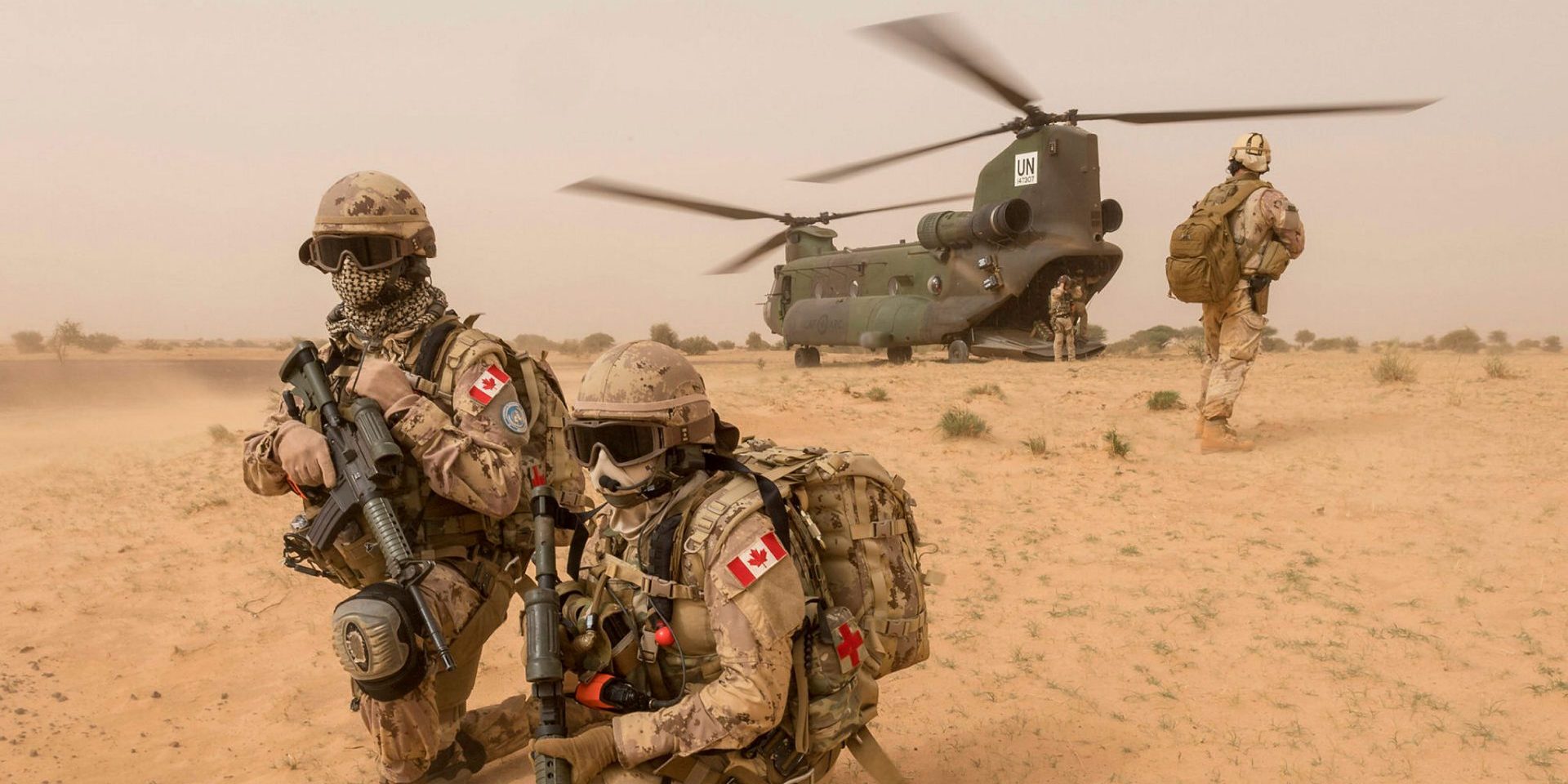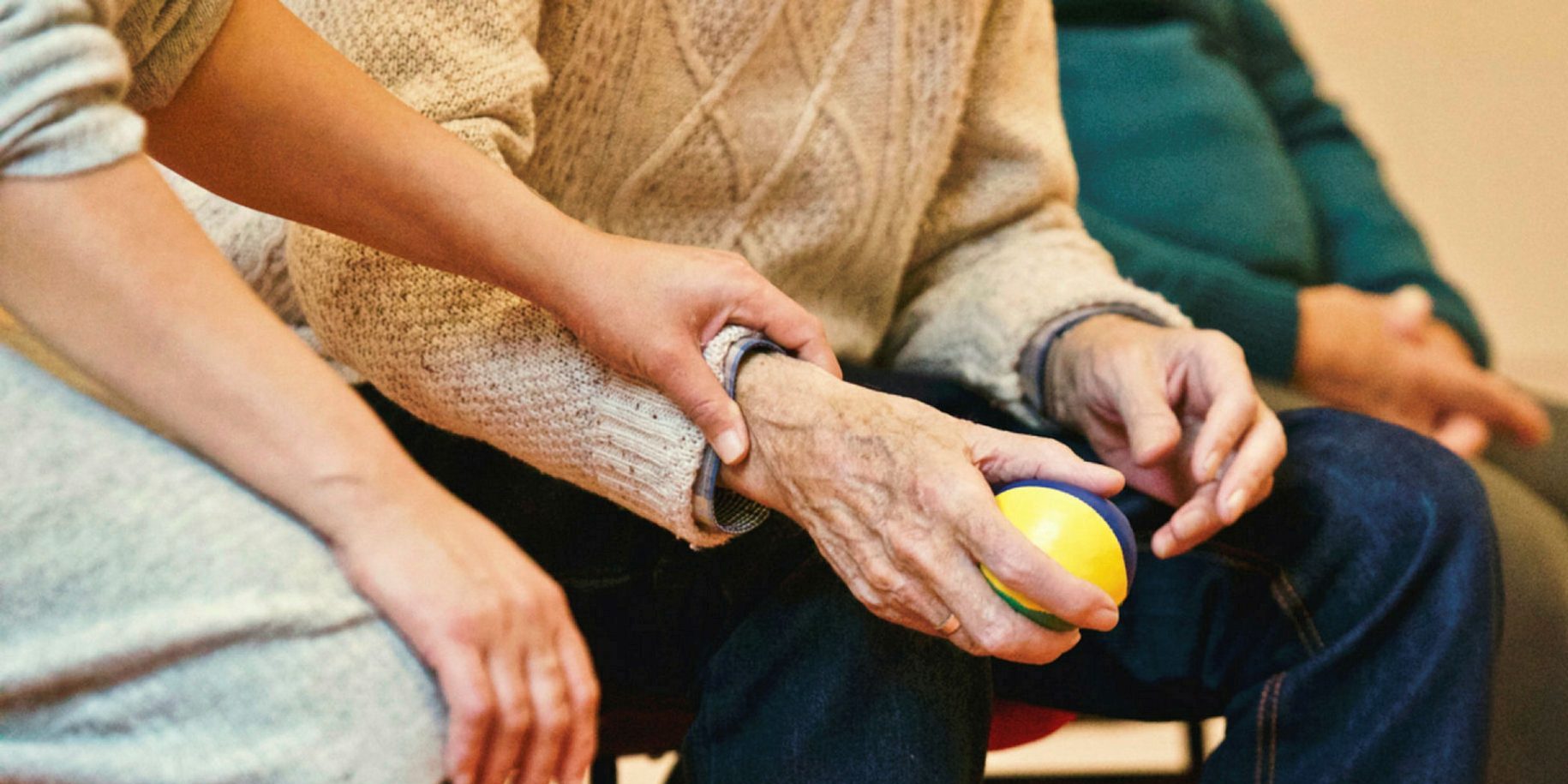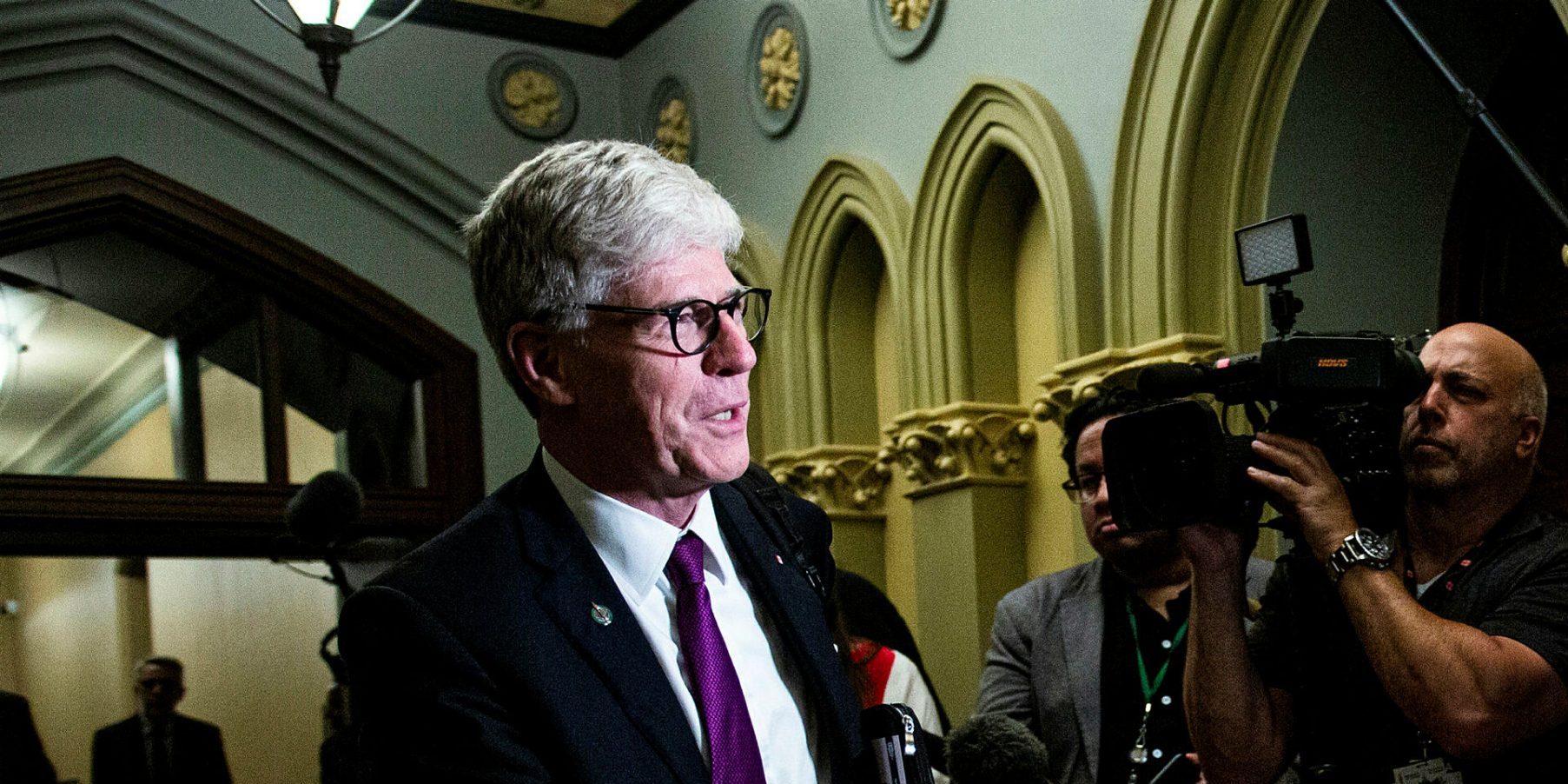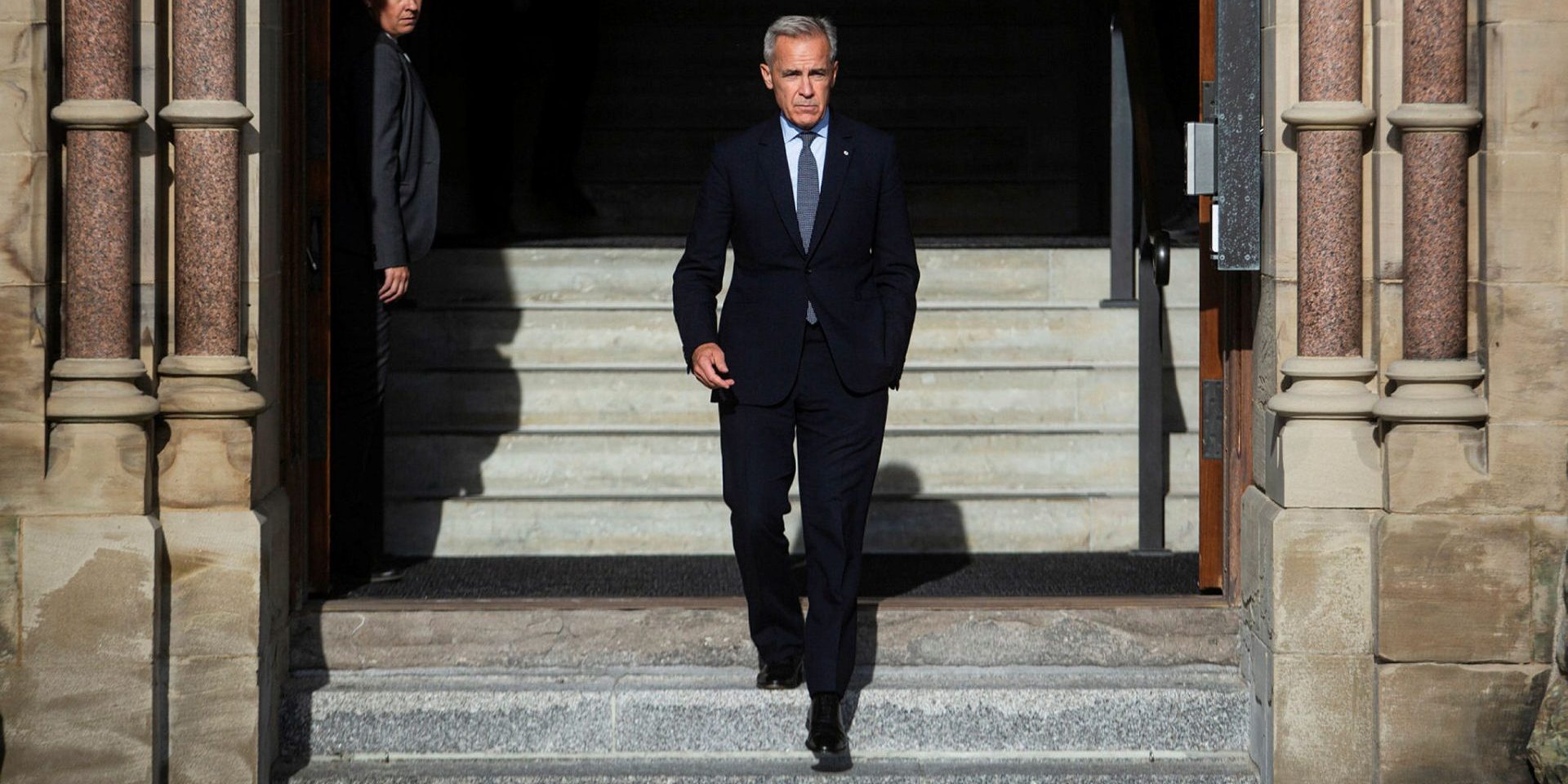Future planning needed amid Canada’s defence budget boost

OTTAWA—There is a lot of buzz around Canada’s defence budget these days after our nation’s lack of military spending drew the personal ire of United States President Donald Trump when he launched his tariff war.
Since the 2014 NATO Summit, successive Canadian governments—both Stephen Harper’s Conservatives and Justin Trudeau’s Liberals—have pledged to “move towards” the Alliance’s stated objective of spending two per cent of gross domestic product (GDP) on national defence.
Under the Harper Conservatives, defence spending actually dipped below one per cent of GDP, and while the Trudeau Liberals did boost investment in the military, Canada’s defence budget was just 1.3 per cent of GDP in January of this year.
In response to Trump’s threats and in an effort to appease the American president, newly elected Prime Minister Mark Carney announced on June 9 that Canada was going to meet the NATO spending objective of two per cent of GDP within the current fiscal year. Close followers of the Canadian Armed Forces were astounded to hear that Canada would balloon annual defence spending from the current $40-billion to a whopping $62.7-billion, all before March 31, 2026.
Carney noted that, while his budget included $9.3-billion in new money, the increase was to include some administrative re-structuring and clever accounting to boost the stats. One of those moves is to bring the Canadian Coast Guard from Fisheries and Oceans to be under the National Defence umbrella. In my opinion, this is a long overdue, no-brainer decision, as many other maritime nations—including the U.S.—consider their coast guard as a fourth branch of the military.
I still think Carney can go one step further by re-positioning the RCMP as a federal police force similar to the French gendarme or the Italian Carabinieri, both of which fall under the national defence ledger on their respective books.
If Canada were to include the long-term care and benefits for our veterans through Veterans Affairs Canada, we could easily soar past the two per cent of GDP guide line without adding a tank or a bullet to our military.
However, even with Carney’s sudden change of heart and infusion of cash into defence, before we could even get to two per cent of GDP, the spending bar was raised again. At the most recent ministers meeting in Brussels in June, the NATO secretary-general announced that the alliance would raise the spending objective to five per cent by 2032 or 2035.
Either way, given Canada’s current GDP, that will mean a defence budget of more than $150-billion. This may be music to defence company executives and the Colonel Blimps who tub-thump in blind support of all things military.
However, we need to focus more on what defence capability we are getting for all that money. In particular, we need to study what particular weapon platforms we are acquiring as that will define our military role for the foreseeable future. At the height of the war in Afghanistan, the Canadian military made a convincing argument that our troops needed a heavy-lift helicopter capability. The roads were the battlefield of choice, and the leading cause of casualties among the Canadian contingent was improvised explosive devices planted roadside.
To solve this shortcoming, Canada spent $300-million to purchase six old Chinook “D” model helicopters from the United States Air Force. The Chinooks were already in theatre, so the acquisition was made very quickly.
With the RCAF now back in the heavy-lift helicopter business, the Department of National Defence launched a lengthy procurement process to purchase 15 spanking new CH-147F Chinook models. These were delivered after Canada had concluded the mission in Afghanistan and all of our soldiers were safely home.
Two of the six Chinooks used in Afghanistan were damaged beyond repair, and the remaining four were scrapped due to their advanced age. Those familiar with heliborne combat operations know that heavy-lift helicopters are vulnerable to ground fire, and, as a result, they operate with ground attack helicopters as escorts.
Canada does not have ground attack helicopters (like the U.S. Apaches), so in Afghanistan the RCAF made due with some up-gunned CH-146 Griffon utility helicopters. These helicopters were woefully unsuited for the task, but as a hockey coach would say, “you play the team on your bench.”
With the 14 remaining CH-147F Chinooks in RCAF service at CFB Petawawa (one was lost in a tragic training exercise), Canada possesses a considerable aviation asset. That is a lot of capability to wage a counter-insurgency against a poorly equipped foe like the Afghan insurgents.
However, Canada, NATO, and the U.S. were taught a valuable lesson with the loss to the Taliban in Afghanistan: all the technology and weaponry in the world is useless against suicidal resistance. Therefore, it is unlikely that anyone in the West will embark on the fool’s errand of trying to wage a counter insurgency in a hostile state within a generation.
For the record, the CH-147F Chinooks are extremely expensive to operate, which explains why they are not more widely used in the fight against wild fires.
For those watching the war between Russia and Ukraine, it would be obvious that heavy-lift helicopters would be flying death traps near the front lines in a near-peer conflict wherein the enemy has sophisticated air defence weapons. Thus, the RCAF is well stocked—albeit still without ground attack helicopters for escort—to fight in Afghanistan.
However, if we truly wish to provide a deterrent to Russian aggression, we need to learn from the ongoing war in Europe. Our troops need low-level air defence, boatloads of first-person-view drones, drone counter measures, self-propelled armoured artillery, and heaps of ammunition. The problem is that every other NATO country has the same needs, and the Armed Forces of Ukraine remain at the front of the receiving line for obvious reasons.
Let’s hope that Carney’s boost to defence is not a hollow promise that comes up a day late, and a buck short. Our troops deserve better.
Scott Taylor is the editor and publisher of Esprit de Corps magazine.
The Hill Times






 LICENSING
LICENSING PODCAST
PODCAST ALERTS
ALERTS


